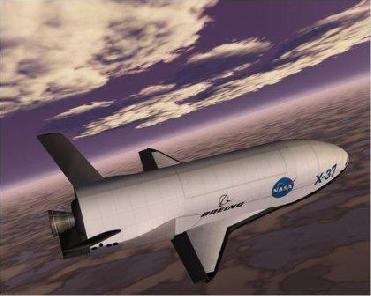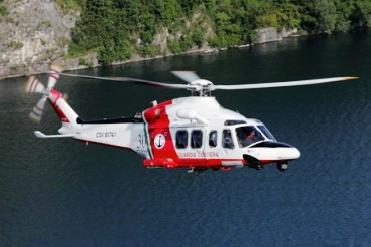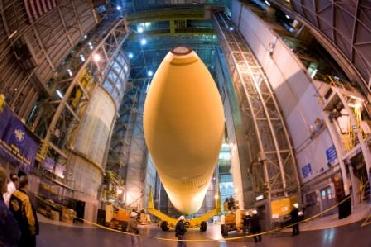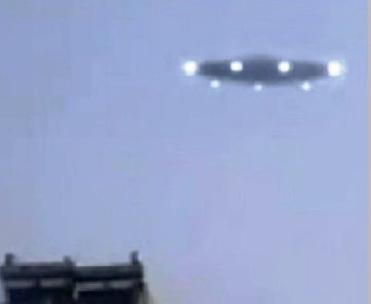
A rendering of the X-37B, the unmanned successor to the space shuttle. NASA/Boeing photo
NEW DELHI (BNS): A team of amateur sky watchers have succeeded in tracking US spaceplane X-37B uncovering clues that suggest the military craft is engaged in the development of spy satellites rather than space weapons.
The spaceplane blasted off on an Atlas 5 rocket from Florida on its debut mission last month.
The amateur astronomers who sighted the spacesplane six times said it�s likely a spy craft, having tracked its orbital path.
The craft has been found orbiting from as far as 40 degrees north latitude to 40 degrees south latitude passing over many global trouble spots, including Iraq, Iran, Afghanistan, Pakistan and North Korea, the New York Times said.
According to Ted Molczan, a team member, the military spacecraft was passing over the same region on the ground once every four days, a pattern he called �a common feature of U S imaging reconnaissance satellites.�
The X-37B was orbiting about 255 miles up � standard for a space shuttle � and circling the planet once every 90 minutes or so, he said.
Team members in Canada and South Africa made independent observations of the X-37B last week. Weeks of sky surveys paid off when the team members Kevin Fetter and Greg Roberts managed to observe the craft from Brockville, Ontario, and Cape Town, the report said.
X-37B was first conceived as a NASA project, but the Air Force took it over during the Bush administration and hung a cloak of secrecy over its budget and missions.
Pentagon leaders strongly denied that the winged plane had anything to do with space weapons. The secretive effort seeks �no offensive capabilities,� the Times quoted Gary E Payton, under secretary of the Air Force for space programs, as saying.
�The program supports technology risk reduction, experimentation and operational concept development,� he said.
The robotic spacecraft has a wingspan of just over 14 feet and is 29 feet long. Its payload bay is the size of a pickup truck bed, suggesting that it can not only expose experiments to the void of outer space but also deploy and retrieve small satellites. The craft can stay aloft for as long as nine months because it deploys solar panels for power, unlike the space shuttle.
 Previous Article
Previous Article Next Article
Next Article













The Indian Air Force, in its flight trials evaluation report submitted before the Defence Ministry l..
view articleAn insight into the Medium Multi-Role Combat Aircraft competition...
view articleSky enthusiasts can now spot the International Space Station (ISS) commanded by Indian-American astr..
view article